Topic calories in homemade chicken and rice soup: Discover the comforting blend of flavors and nutritional benefits with our guide on calories in homemade chicken and rice soup, a hearty meal for health-conscious food lovers.
Table of Content
- Nutritional Overview
- Common Serving Sizes
- What are the average calories in homemade chicken and rice soup?
- YOUTUBE: Homemade Chicken and Rice Soup Healthy Recipe
- Common Serving Sizes
- Overview of Homemade Chicken and Rice Soup Calories
- Key Ingredients and Their Caloric Impact
- Understanding the Nutritional Value
- How Serving Size Affects Calorie Count
- Comparing Homemade vs. Store-Bought Chicken and Rice Soup
- Ways to Make Your Chicken and Rice Soup Healthier
- FAQs About Calories in Chicken and Rice Soup
- Conclusion: The Role of Chicken and Rice Soup in a Balanced Diet
Nutritional Overview
Homemade chicken and rice soup is not only comforting but also relatively low in calories, making it a great option for a light yet satisfying meal.
Calorie Content
- One cup of Chicken and Rice Soup contains approximately 90 calories, with a small percentage of these calories coming from fat.
- Each serving size also includes about 0.5g of total fat, indicating a low-fat recipe.
Macronutrient Breakdown
- The soup has a balanced macronutrient profile, with 29% of calories from fat, 48% from carbohydrates, and 24% from protein.
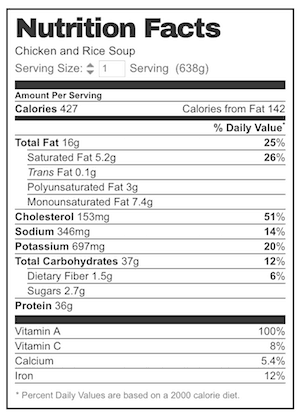
READ MORE:
Common Serving Sizes
| Serving Size | Calories |
| 100 g | 25 |
| 1 cup | 60 |
| 1 can (10.5 oz), prepared to directions | 146 |
This soup is a fantastic option for those looking for a nutritious and comforting meal, offering a good balance of macronutrients and a low-calorie count.
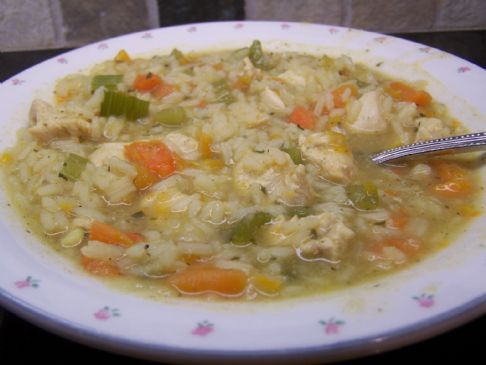
What are the average calories in homemade chicken and rice soup?
The average calories in homemade chicken and rice soup can vary depending on the specific recipe and portion size. However, a general estimate for a serving of homemade chicken and rice soup is around 200-250 calories per cup.
- This estimate includes ingredients such as chicken, rice, vegetables, and broth.
- To get a more accurate calorie count, it is recommended to calculate the calories based on the specific ingredients and measurements used in your recipe.
- It\'s also important to consider any added fats or creams that may increase the calorie count.
- Overall, homemade chicken and rice soup can be a healthy and satisfying meal option, especially when packed with nutritious ingredients and made with lower sodium and lower calorie adjustments.
Homemade Chicken and Rice Soup Healthy Recipe
Looking for a delicious new recipe to try out? Watch our video for a mouth-watering dish that will have your taste buds dancing with joy. Get ready to impress your family and friends with your culinary skills!
Common Serving Sizes
This soup is a fantastic option for those looking for a nutritious and comforting meal, offering a good balance of macronutrients and a low-calorie count.
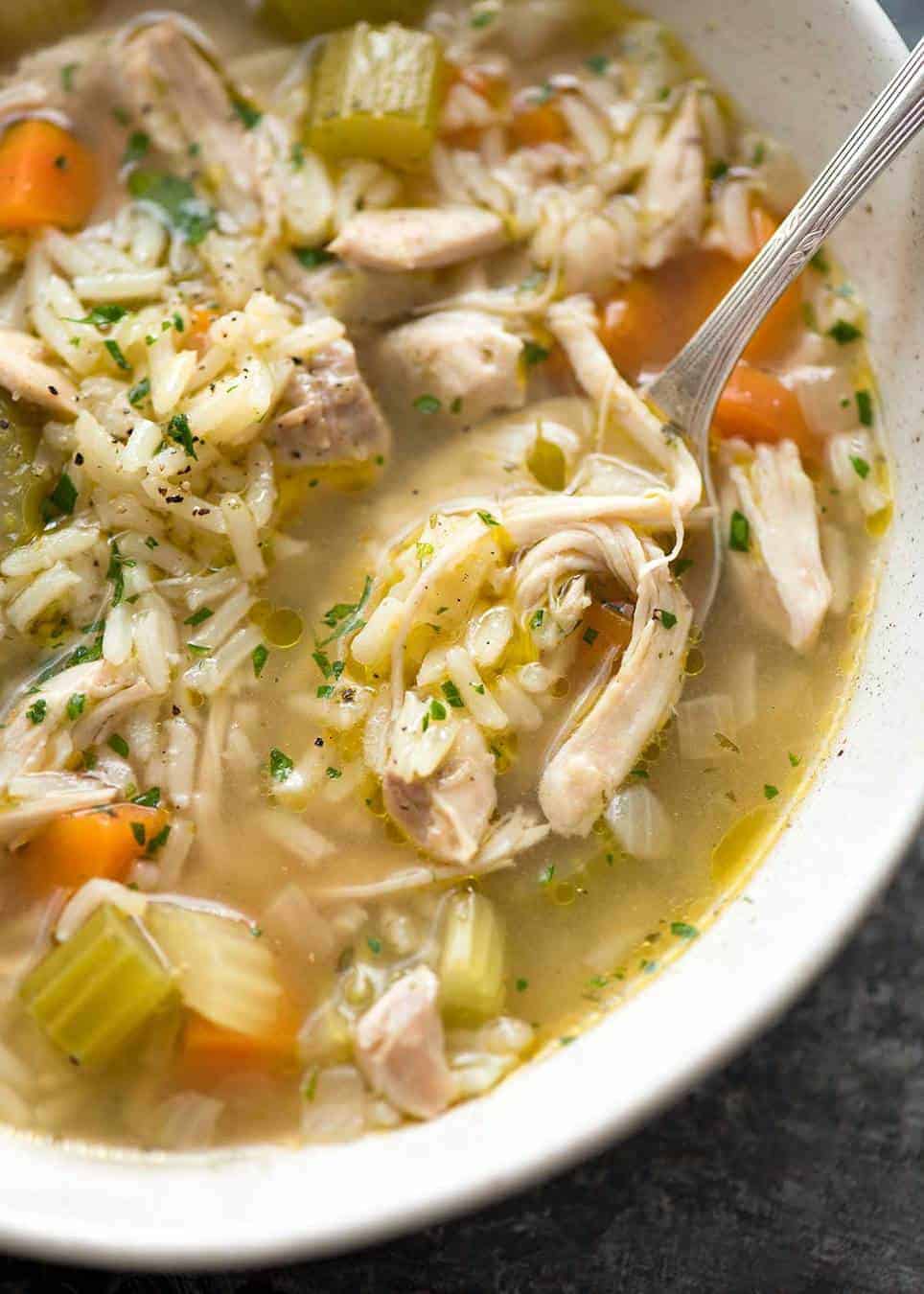
Overview of Homemade Chicken and Rice Soup Calories
Homemade chicken and rice soup is a classic comfort food known for its delicious taste and nutritional benefits. This hearty soup combines lean protein from chicken, complex carbohydrates from rice, and a variety of vitamins and minerals from added vegetables, making it a wholesome meal option.
- A typical serving of homemade chicken and rice soup contains about 90 to 120 calories, making it an excellent choice for those looking to maintain a healthy diet without compromising on taste.
- The calorie content can vary based on the specific ingredients used and the portion size. For a more detailed breakdown, a cup of this soup generally has around 29% fat, 48% carbohydrates, and 24% protein.
- Adjustments to the recipe, such as using leaner cuts of chicken or increasing the amount of vegetables, can further enhance the soup\"s nutritional profile.
Incorporating homemade chicken and rice soup into your diet provides a comforting, satisfying, and nutritious meal that supports overall health and well-being.

_HOOK_
Key Ingredients and Their Caloric Impact
The calorie content in homemade chicken and rice soup can vary significantly depending on the ingredients used. Here\"s a look at the key components and how they contribute to the overall caloric impact of this comforting dish.
- Chicken: The protein centerpiece, chicken, particularly lean breast meat, is low in calories and high in protein, contributing significantly to the soup\"s nutritional value without adding excessive calories.
- Rice: A source of carbohydrates, rice adds energy-providing calories to the soup. Brown rice can be a healthier option, offering more fiber and nutrients than white rice.
- Vegetables: Common additions include onions, carrots, and celery, which increase the soup\"s vitamin, mineral, and fiber content without adding many calories.
- Broth: The base of the soup, chicken broth, can vary in calories depending on whether it\"s made from scratch or bought from the store. Low-sodium, fat-free broths are the best option for keeping calorie counts down.
- Herbs and Spices: Ingredients like garlic, thyme, and bay leaves add depth of flavor without contributing significant calories.
By understanding the caloric impact of each ingredient, you can make informed choices to tailor your homemade chicken and rice soup to fit your dietary needs.
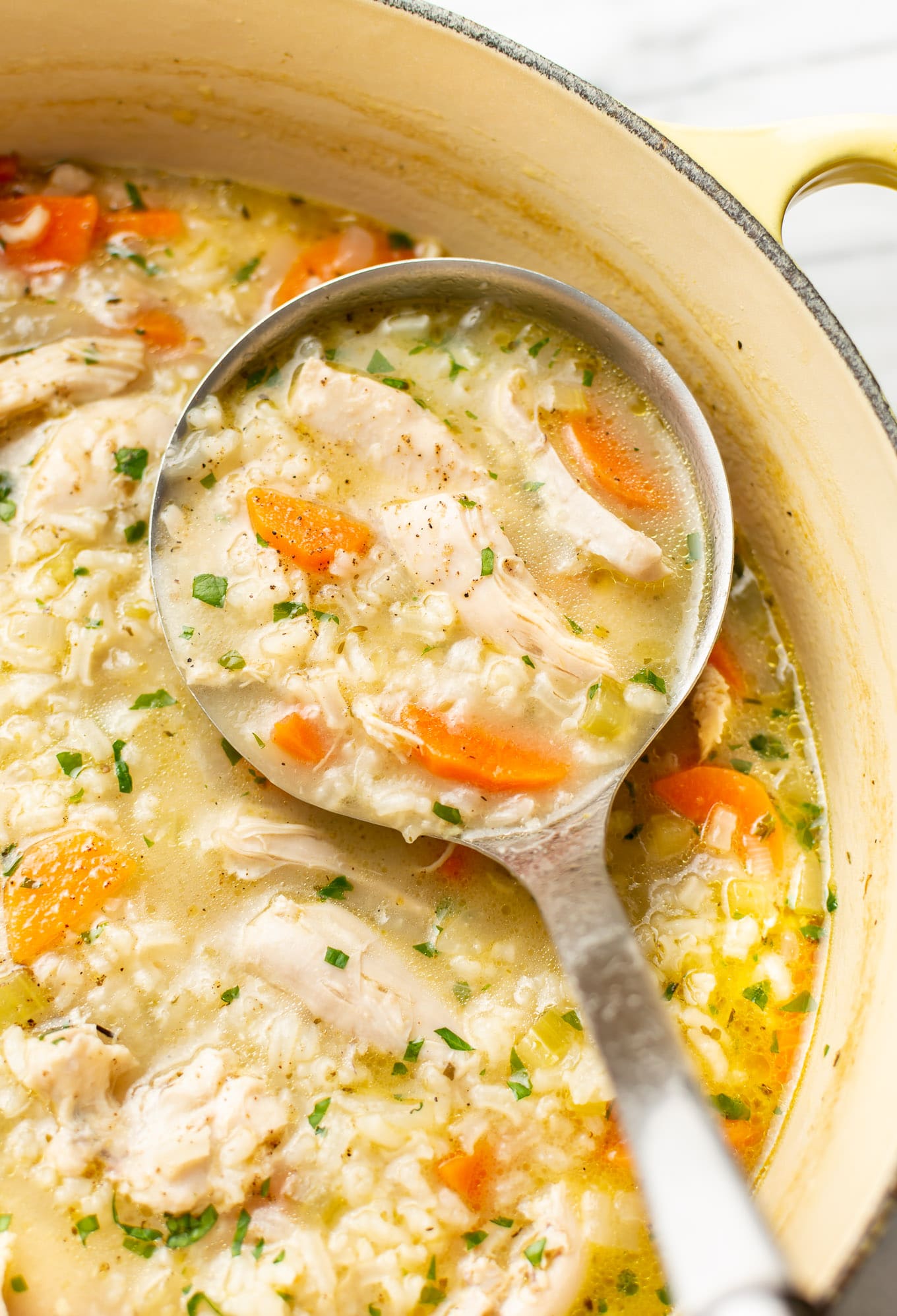
Understanding the Nutritional Value
Homemade chicken and rice soup is a nourishing meal that offers a rich blend of essential nutrients. This section delves into the nutritional profile of this popular comfort food.
- Low in Calories: A serving of homemade chicken and rice soup is typically low in calories, making it an excellent choice for those managing their weight or seeking a light meal.
- Protein-Rich: Chicken provides a high-quality source of protein, essential for muscle repair and growth.
- Carbohydrates: Rice and vegetables add necessary carbohydrates for energy, while the fiber in the vegetables aids digestion.
- Vitamins and Minerals: Vegetables like carrots, celery, and onions contribute vitamins A, C, and K, along with minerals such as potassium and magnesium.
- Hydration: The broth not only adds flavor but also helps in maintaining hydration, especially during cold or flu seasons.
Homemade chicken and rice soup is more than just a comforting meal; it\"s a nutritious option that supports overall health and wellness.
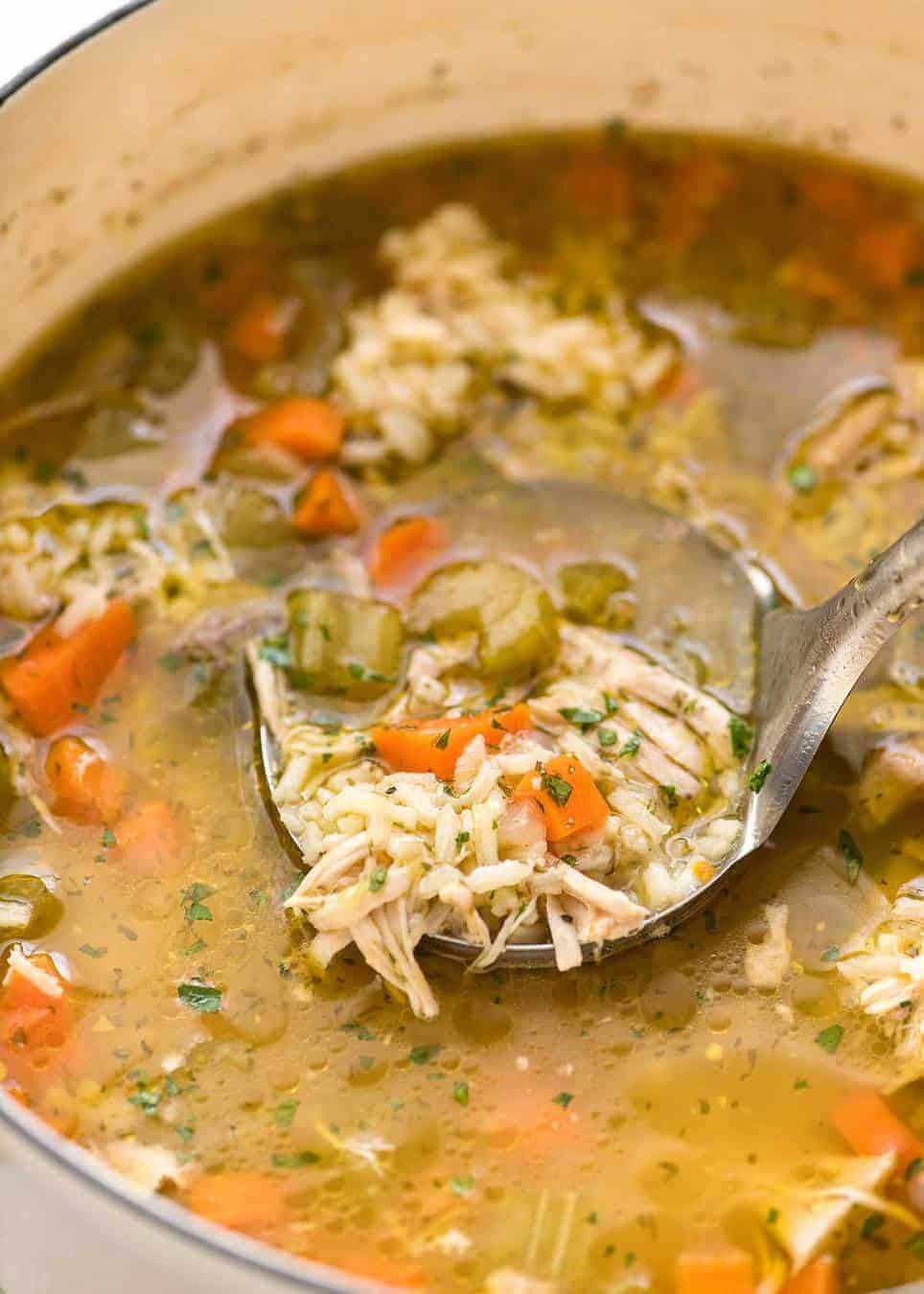
How Serving Size Affects Calorie Count
The calorie content in homemade chicken and rice soup can vary greatly depending on the serving size. Understanding how portion sizes influence the nutritional content is crucial for those mindful of their calorie intake.
- A standard serving size of homemade chicken and rice soup is typically considered to be one cup (approximately 240ml), which can contain anywhere from 90 to 120 calories.
- Increasing the serving size to two cups doubles the calorie intake, making it important to consider portion control when enjoying this meal.
- The calorie count can also vary based on the recipe\"s specific ingredients and their quantities. For instance, adding more chicken or rice can increase the calorie content, while incorporating more vegetables can enhance the soup\"s nutritional value without a significant increase in calories.
Being mindful of serving sizes can help manage calorie intake while still enjoying the comforting flavors of homemade chicken and rice soup.
Comparing Homemade vs. Store-Bought Chicken and Rice Soup
When deciding between homemade and store-bought chicken and rice soup, there are several factors to consider, including taste, nutritional value, and calorie content.
- Calorie Control: Homemade chicken and rice soup allows for better control over calorie content by adjusting ingredients to suit dietary needs.
- Nutritional Quality: Homemade soup often contains fresher ingredients and fewer preservatives, contributing to a more nutritious meal.
- Sodium Content: Store-bought soups can have high sodium levels, while homemade versions allow for sodium adjustments, making them a healthier option.
- Cost-Effectiveness: Making chicken and rice soup at home can be more cost-effective, especially when preparing meals for the entire family.
- Taste and Customization: Homemade soup offers the flexibility to adjust flavors and ingredients to personal preference, often resulting in a more satisfying and flavorful meal.
While store-bought chicken and rice soup offers convenience, homemade soup provides a healthier, more customizable, and often tastier option.
Ways to Make Your Chicken and Rice Soup Healthier
Enhancing the healthfulness of your chicken and rice soup is simple with a few adjustments to ingredients and cooking methods. Here are practical tips to boost the nutritional value of this comforting dish.
- Opt for Lean Chicken: Use skinless chicken breasts or thighs to reduce the fat content without compromising on protein.
- Choose Whole Grains: Swap white rice for brown rice or wild rice to add fiber and nutrients.
- Increase Vegetables: Add more vegetables like spinach, kale, or bell peppers to increase vitamin and mineral intake.
- Use Low-Sodium Broth: Opting for low-sodium chicken broth reduces salt intake, making the soup heart-healthier.
- Herbs for Flavor: Use a variety of herbs such as thyme, oregano, and parsley to enhance flavor without adding calories.
- Limit Cream: For a creamier texture, consider using a small amount of light cream or coconut milk as healthier alternatives to heavy cream.
By incorporating these changes, you can enjoy a more nutritious version of chicken and rice soup that\"s full of flavor and goodness.
_HOOK_
FAQs About Calories in Chicken and Rice Soup
- How many calories are in a serving of homemade chicken and rice soup? A typical serving size of 1 cup contains approximately 90 to 120 calories, depending on the ingredients used.
- Does the type of chicken used affect the calorie count? Yes, using skinless chicken breast versus thighs can impact the calorie content, with breast meat being the leaner option.
- Can the choice of rice affect the nutritional value? Opting for brown rice over white rice can increase the fiber content, potentially affecting the overall nutritional profile without significantly altering the calorie count.
- Are there ways to reduce the calorie content in homemade chicken and rice soup? Yes, by choosing low-calorie ingredients, such as lean meats, low-sodium broth, and incorporating more vegetables, you can lower the calorie count.
- What is the impact of serving size on calorie intake? Doubling the serving size from 1 cup to 2 cups also doubles the calorie intake, highlighting the importance of portion control.
READ MORE:
Conclusion: The Role of Chicken and Rice Soup in a Balanced Diet
Chicken and rice soup is more than just a comforting meal; it plays a significant role in a balanced diet. This nutritious soup provides a good source of lean protein from chicken, complex carbohydrates from rice, and a variety of vitamins and minerals from added vegetables, making it a comprehensive meal that supports overall health.
- It\"s an excellent option for those looking for a low-calorie, nutritious meal that satisfies hunger while providing essential nutrients.
- The soup\"s high protein content helps in muscle repair and building, making it a great choice for post-workout meals or for those looking to increase their protein intake.
- With the right balance of ingredients, chicken and rice soup can contribute to a healthy diet, aiding in weight management and providing a comforting, nutritious option for any meal.
Incorporating homemade chicken and rice soup into your diet can help you enjoy a delicious, healthy meal that contributes positively to your overall well-being.
Embrace the warmth and nourishment of homemade chicken and rice soup, a heart-healthy choice that combines rich flavors with nutritional benefits, making every spoonful a step towards a balanced and fulfilling diet.

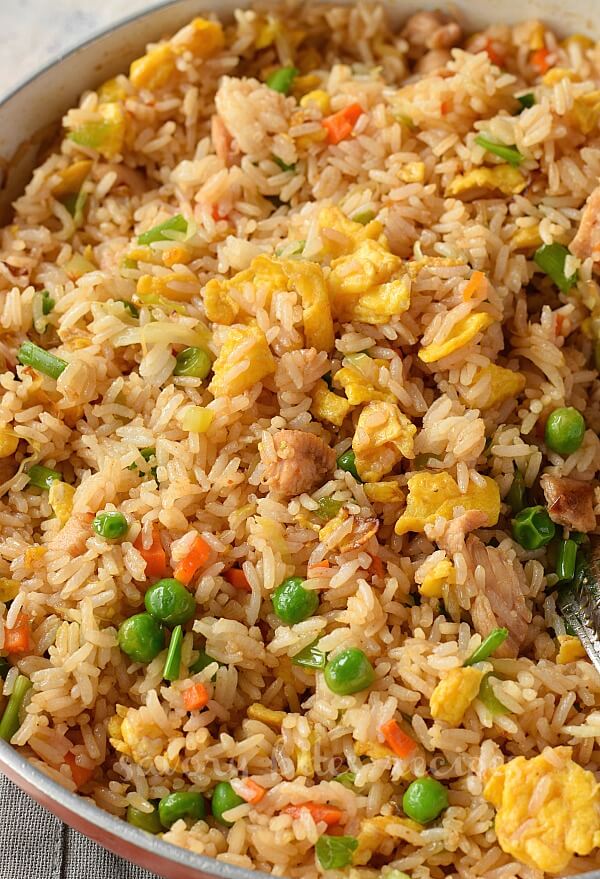

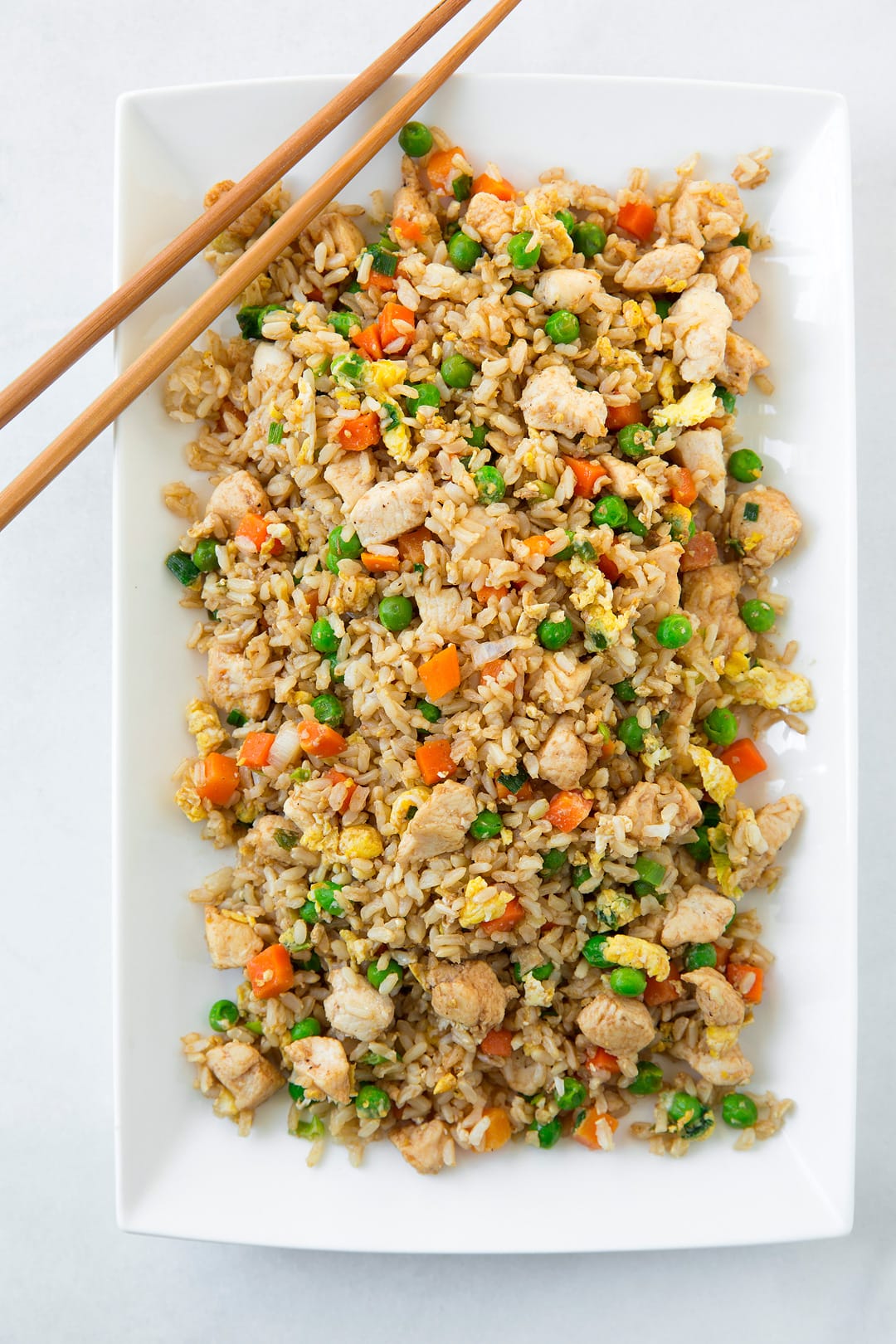
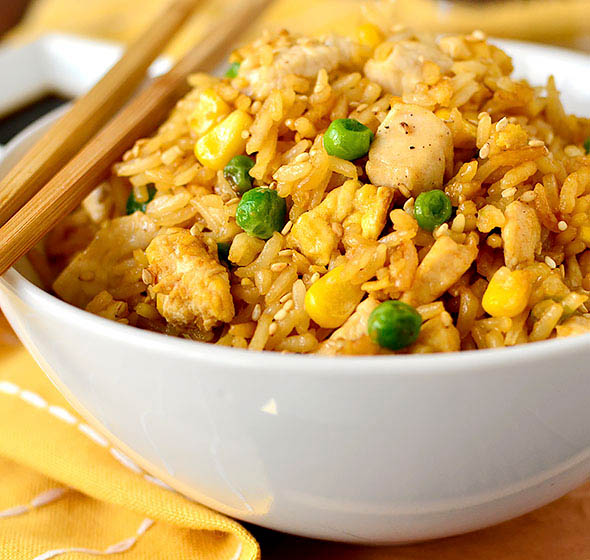

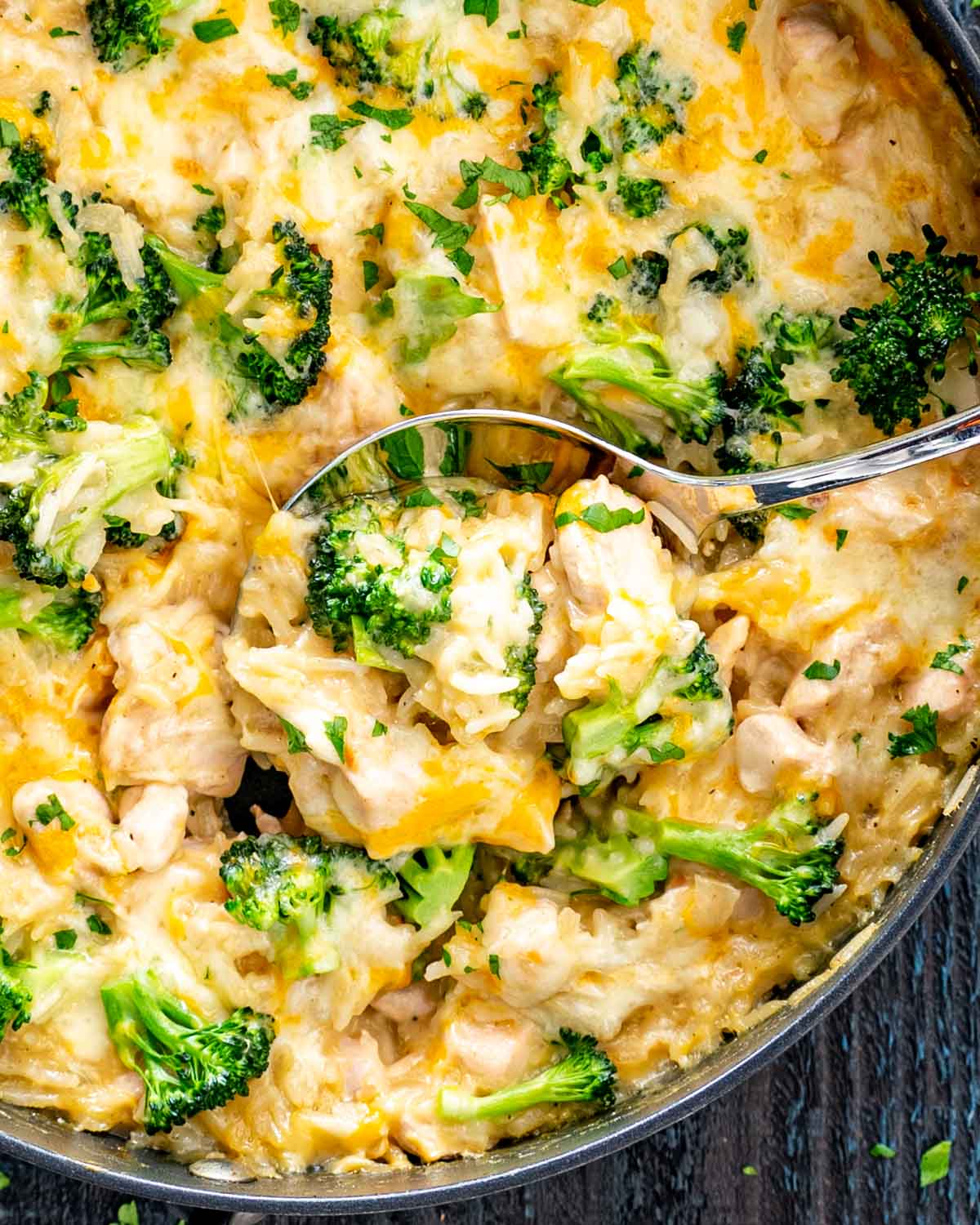
:max_bytes(150000):strip_icc()/9274715-45dd84a05dc04930b1320a72a51342da.jpg)
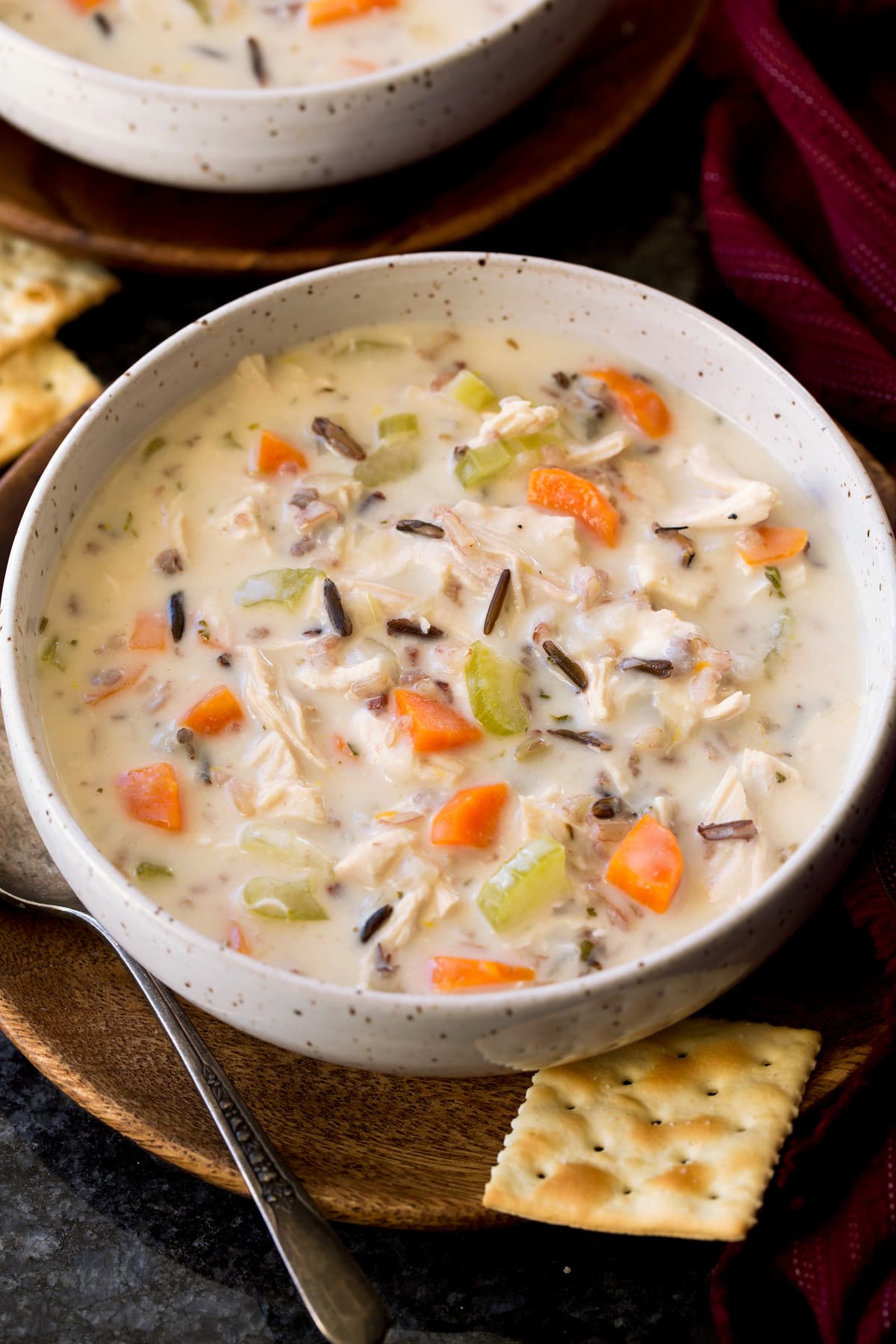
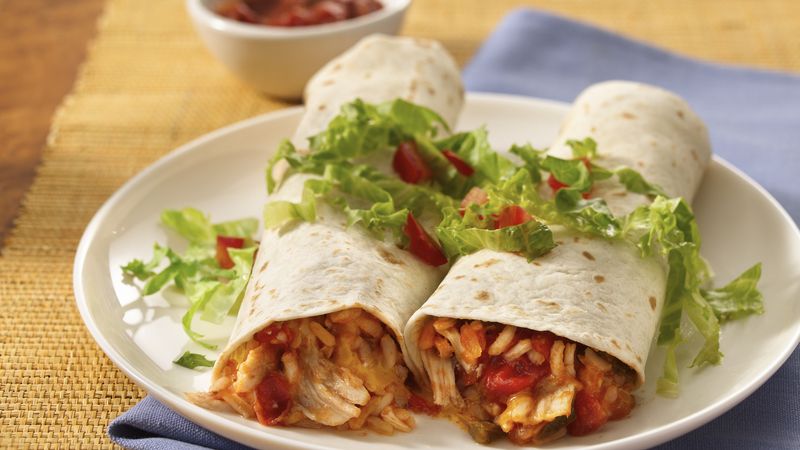

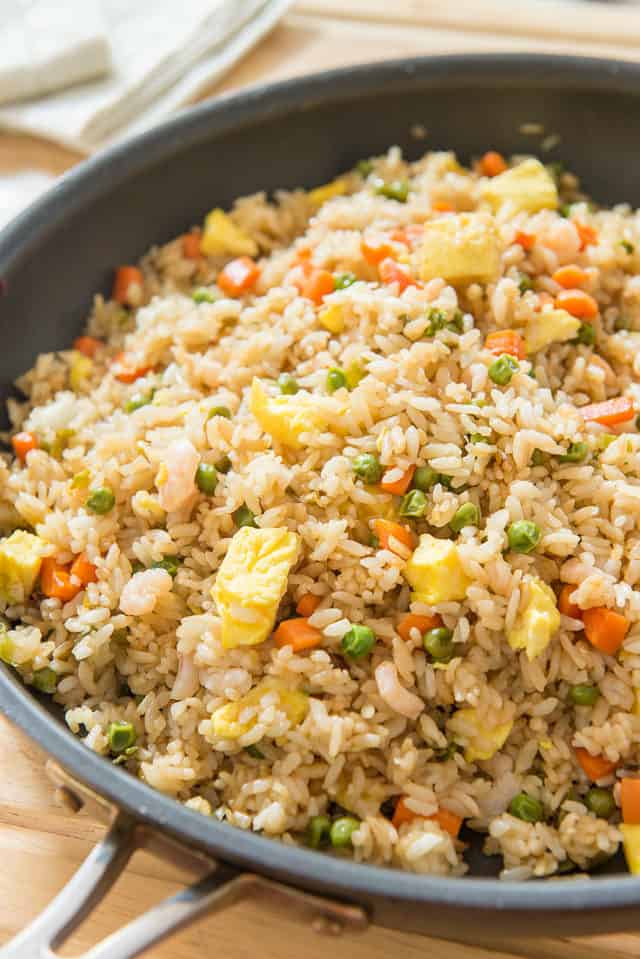
:max_bytes(150000):strip_icc()/8934735-84103d69eccc471b86de4599c0f6b090.jpg)

